Celebrate Black History Month with Your Kids—and These Picture Books
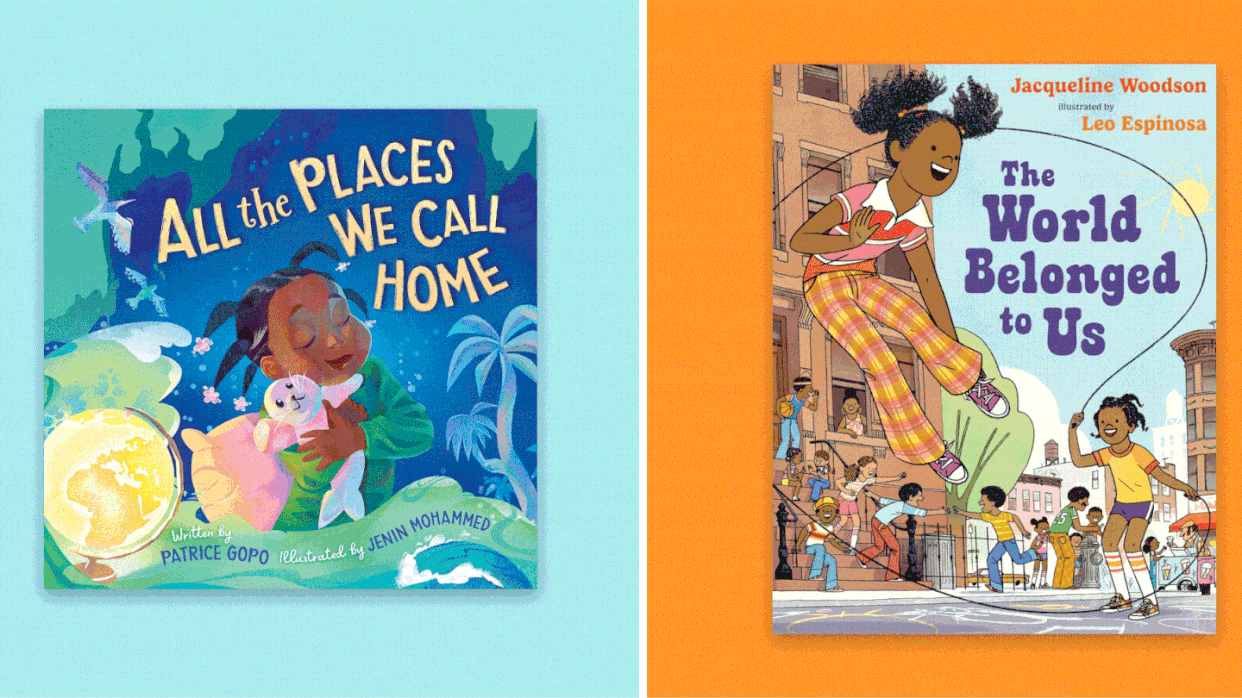
"Hearst Magazines and Yahoo may earn commission or revenue on some items through these links."
In 1926, Black historian Carter G. Woodson set out to designate a week in February for the celebration, education, and commemoration of African American history. A child born that year would be 98 years old today. For some, it’s convenient to talk about the vicious, bloody, inhumane institution of slavery as if it were in our rearview mirror, but the truth is that there could be people alive right now whose grandparents were enslaved.
No wonder we tend to use this month to focus on the barriers African Americans have surmounted in such little time. We celebrate Black History Month by lifting the stories of the overlooked Black groundbreakers in science, literature, and the arts—as we should.
But in the process, we shouldn’t lose sight of the fact that the history of slavery is white history. The story of how we survived it is Black history. We not only broke barriers but also created a new way of life, one that is full of joy and celebration. Here’s a list of children’s books that share the culture created by a people with an indomitable spirit.
Going Down Home with Daddy, by Kelly Starling Lyons, illustrated by Daniel Minter
Going Down Home with Daddy is a gorgeous, poignant homage to that summer migration familiar to so many Black families: returning to the “homeplace” in the South for a family reunion. While the Black family reunion has become a comedic trope in recent years, the tradition has deep cultural significance, representing reunification and homecoming for a people who have been historically displaced and torn apart by slavery, racial terrorism, and forced migration.
Author Kelly Starling Lyons captures many of the defining rituals of Black family reunions, including the focus on the special accomplishments of elders and ancestors. Lil Alan, the book’s elementary-school-aged protagonist, knows that his older relatives will expect him to speak about what their family history means to him, and worries the whole ride South about what he will say. “I bet everyone will have something to share except me,” he frets. Over the course of the reunion, he finds his own way to capture the story of his “mighty family.”
The illustrations of award-winning artist Daniel Minter are vibrant and dreamy, layerig the present over the past.
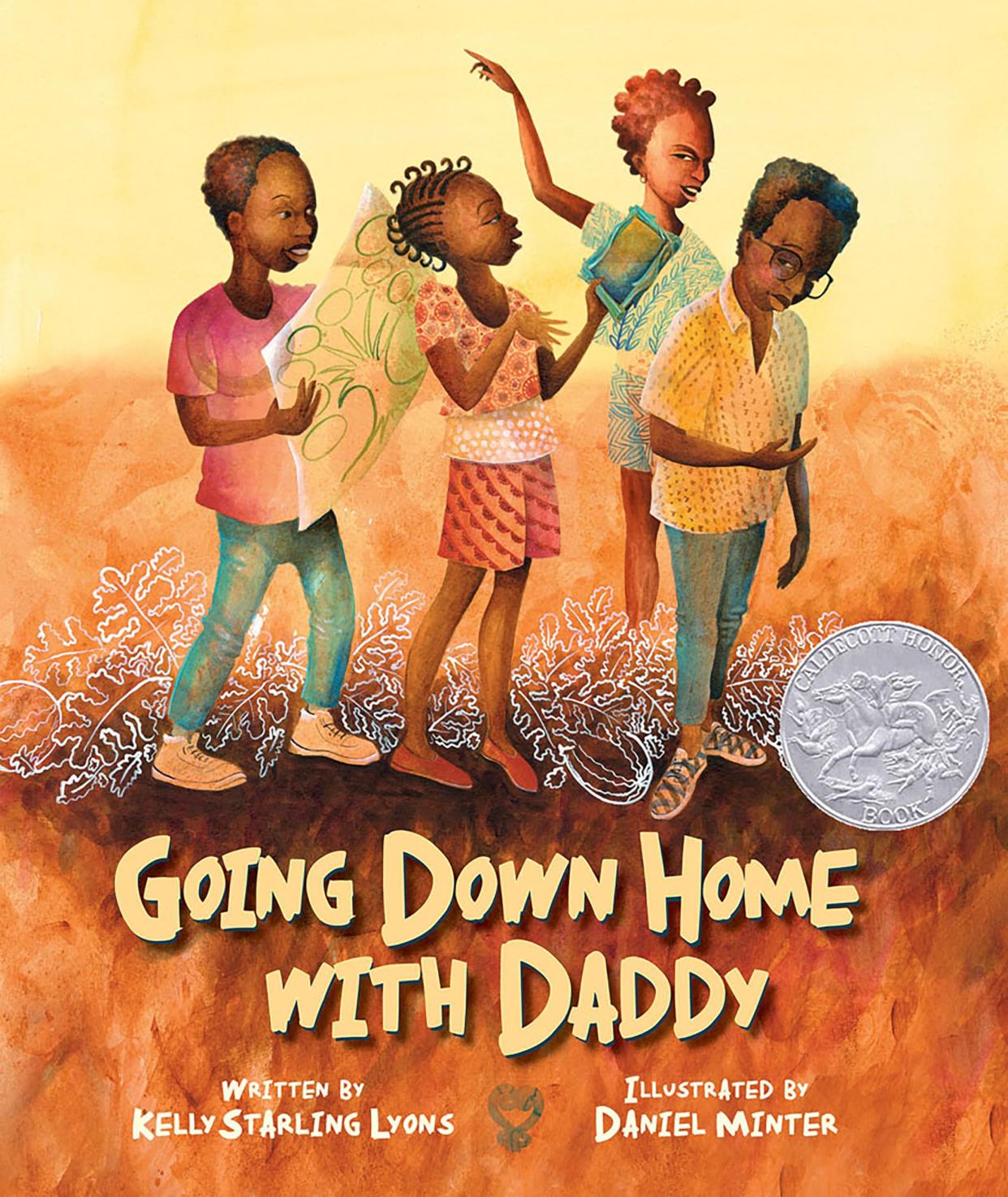
Going Down Home with Daddy, by Kelly Starling Lyons, illustrated by Daniel Minter
amazon.com
$11.59
Homegrown, by DeAnn Wiley
When a young girl’s mother calls her “homegrown,” she begins to ponder what “home” means to her. In the colorful pages of this book, readers follow the narrator in and around her home where Black family life has its own flavor: loud game nights, spontaneous dancing, cousin “pallet nights,” weekend chores, washing the greens, weeding the garden (even in the city!)—and the intimate, high touch of haircare. Author-illustrator DeAnn Wiley peers into the comfy world of an intergenerational family and explores the hidden meaning of the words homegrown, homemade, homeland, and homemaking.
Reading this is a lot like thumbing through a scrapbook, inspiring conversations with young readers as they recognize their own families in the pages. (In fact, photographs are a subtle through line, from pictures on the walls to scrapbooks to Polaroids and even cameras.) Homegrown is a happy depiction of a quiet triumph: how African American families create that safe space called home.
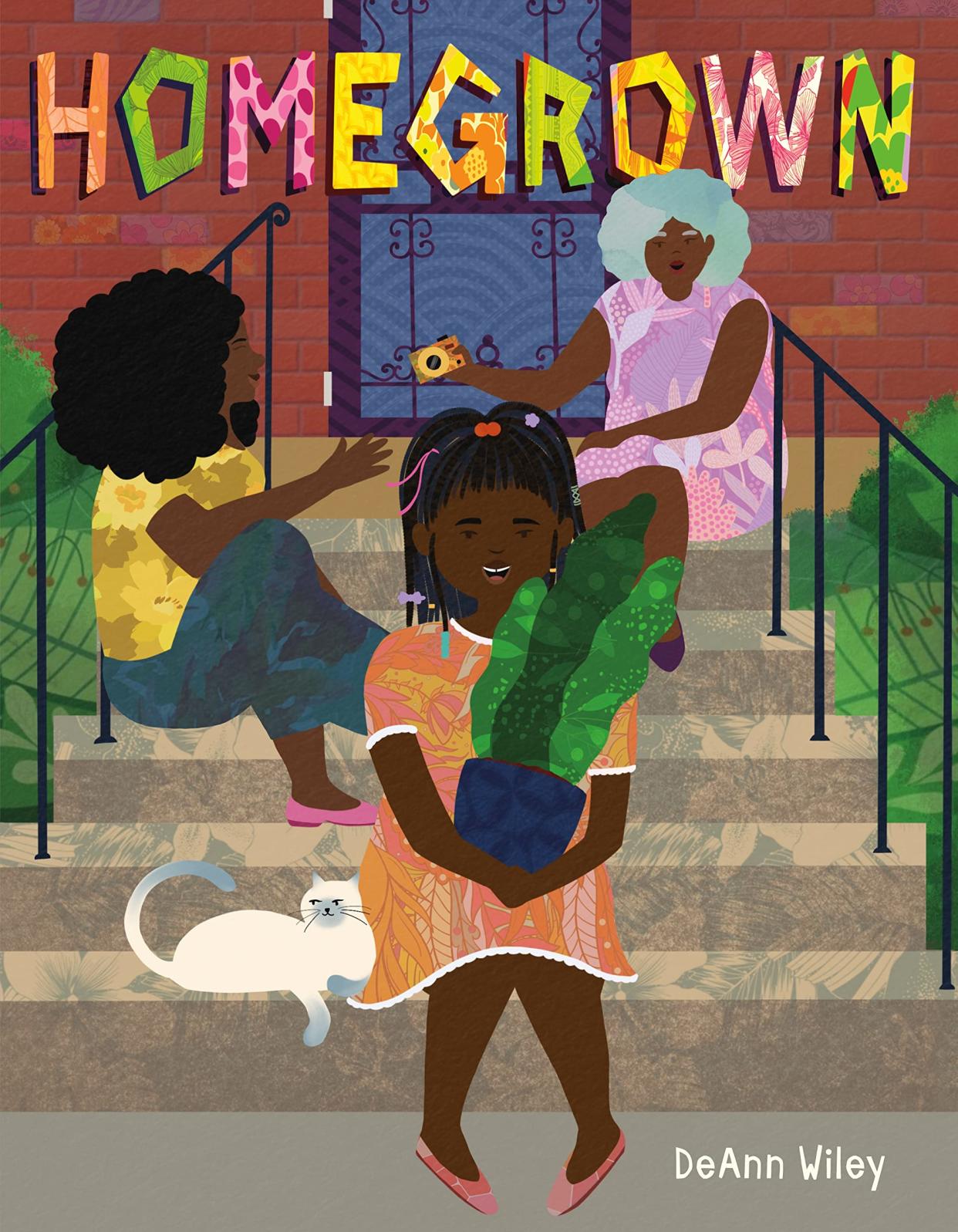
Homegrown, by DeAnn Wiley
amazon.com
$18.99
Black-Eyed Peas and Hoghead Cheese, by Glenda Armand, illustrated by Steffi Walthall
Although they were stripped of everything, enslaved Africans still found ways to preserve their culture in a new land. Nowhere is that imprint more lasting than in contemporary African American foodways. Black-Eyed Peas and Hoghead Cheese tells the story of Black cuisine through the eyes of a modern-day, 9-year-old Creole girl in Louisiana as she prepares a New Year’s Day meal with her grandmother. Without being preachy, the story draws a straight line from Africa to enslavement to the typical African American dinner table. Bonus content: a recipe for pralines, and the real-life photo of a gumbo pot that has been in the author’s family for more than 65 years.
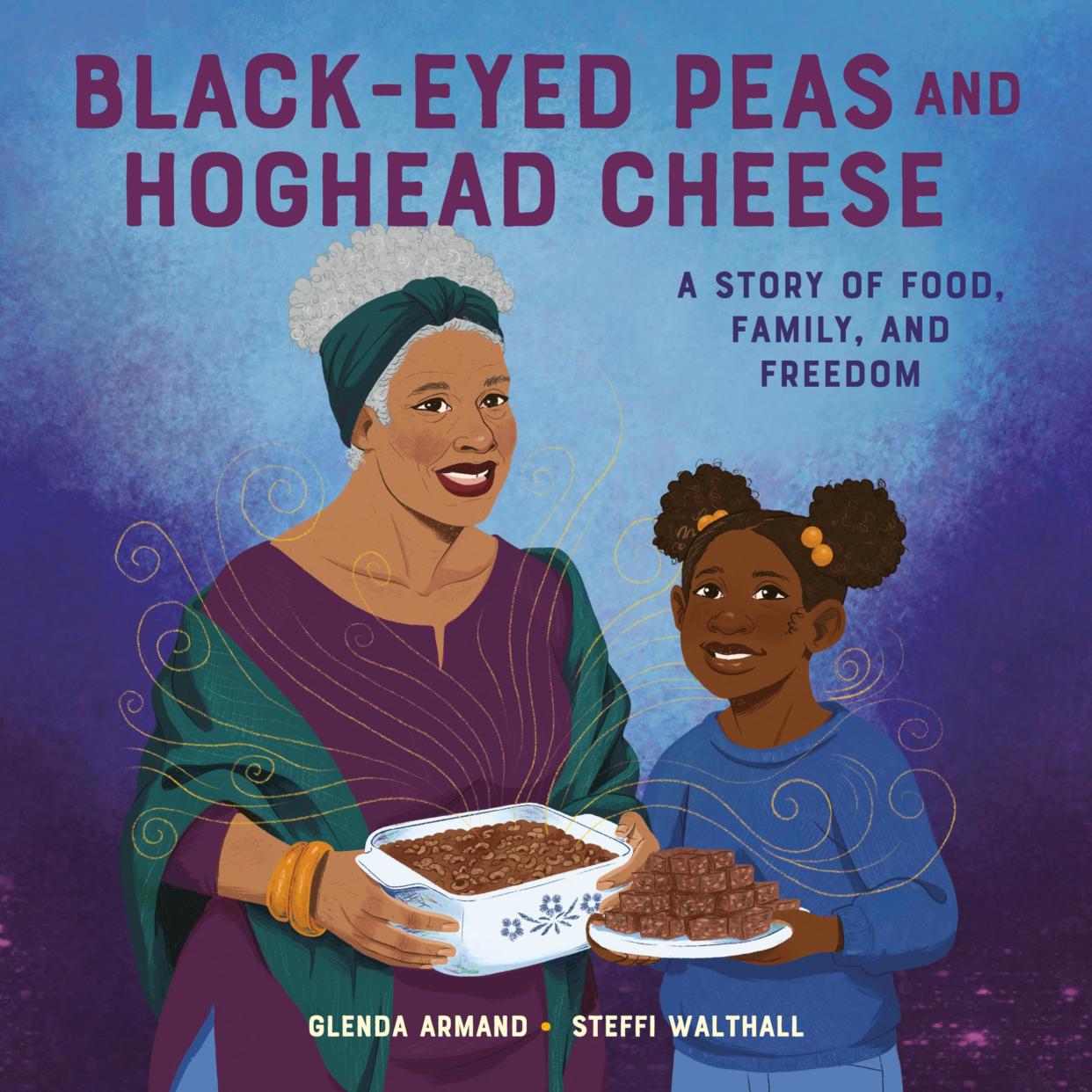
Black-Eyed Peas and Hoghead Cheese, by Glenda Armand, illustrated by Steffi Walthall
amazon.com
$18.99
Crown, by Derrick Barnes, illustrated by Gordon C. James
Much is made of Black girls learning to love their hair (shout-out to Hair Love!). But the truth is that, regardless of gender, Black hair is a separate member of the family, a whole other person we wear upon our shoulders. For boys and girls alike, the care and coiffing of Black hair invites intimacy, legacy, history, status, and creativity. As the winner of everything from a Newbery, a Caldecott, and Coretta Scott King Honors, Crown is a rare ode to Black men celebrating Black manhood through hair. Author Derrick Barnes’s story addresses the reader directly, explaining what to expect as one enters the sacred space of the Black barbershop. The language pops as vibrantly as Gordon C. James’s illustrations, all of which capture that measure of pride that emanates from a fresh cut. As Barnes writes, “Sometimes in life, that’s all you ever need. A crisp but subtle line.”
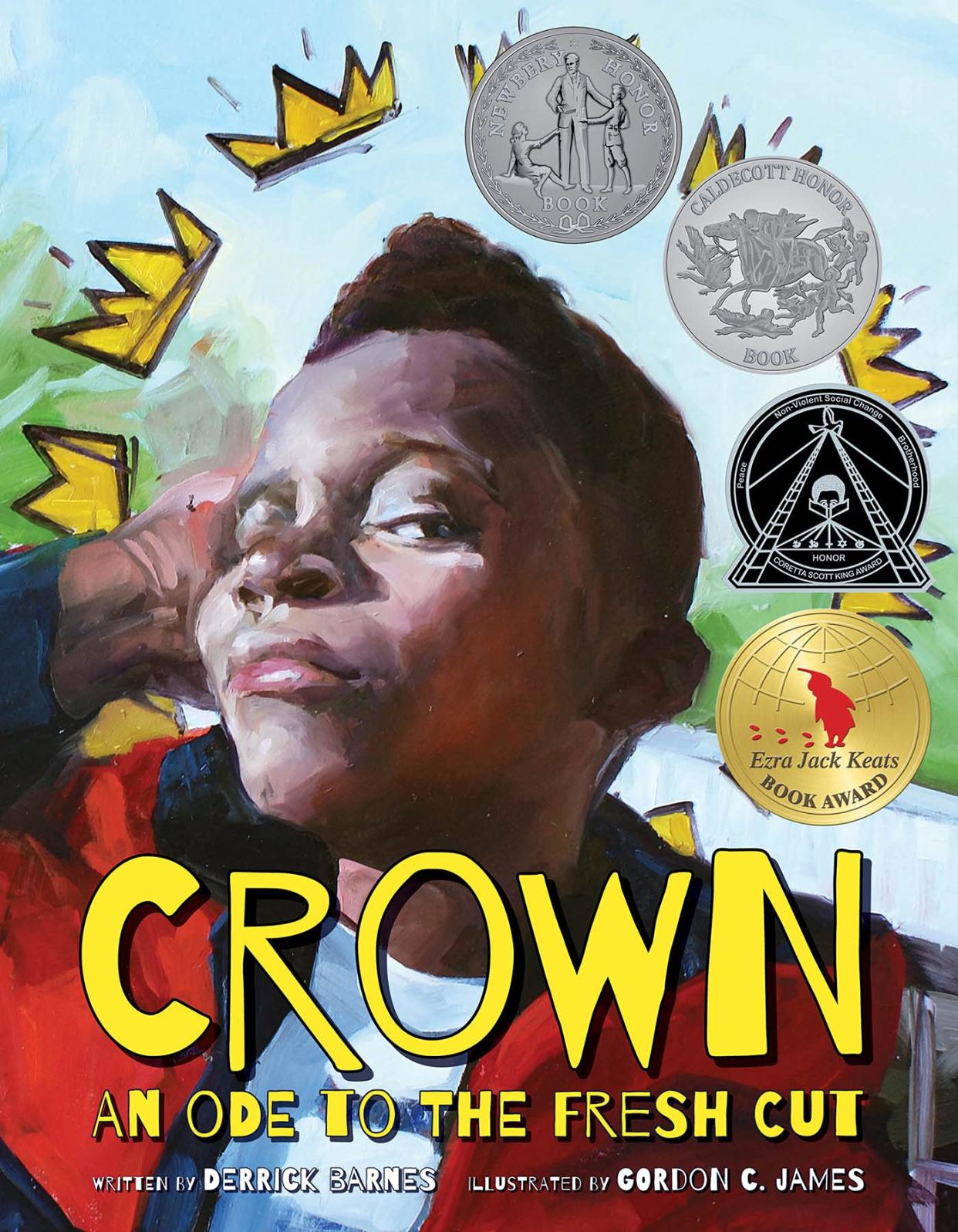
Crown, by Derrick Barnes, illustrated by Gordon C. James
amazon.com
$10.37
The Story of Rap, by Editors of Caterpillar Books, illustrated by Lindsey Sagar
In 2023, rap music turned 50; the time to acknowledge its lasting legacy is long overdue. Whatever you feel about rap, you can’t deny that it has had a profound influence not only on American culture but also on childhood education. Bussin’ rhymes are used to teach everything from phonics to chemistry to history. In celebration of the rappers who started it all, The Story of Rap offers a perfect, joyous tribute to the genre and its history. It's a sturdy cardboard book with pint-size cartoon caricatures of the enormous personalities of hip-hop. The book is informative, and, of course, written in rhyme. Rap has been called many things, but in the hands of illustrator Lindsey Sagar, it’s downright adorable.
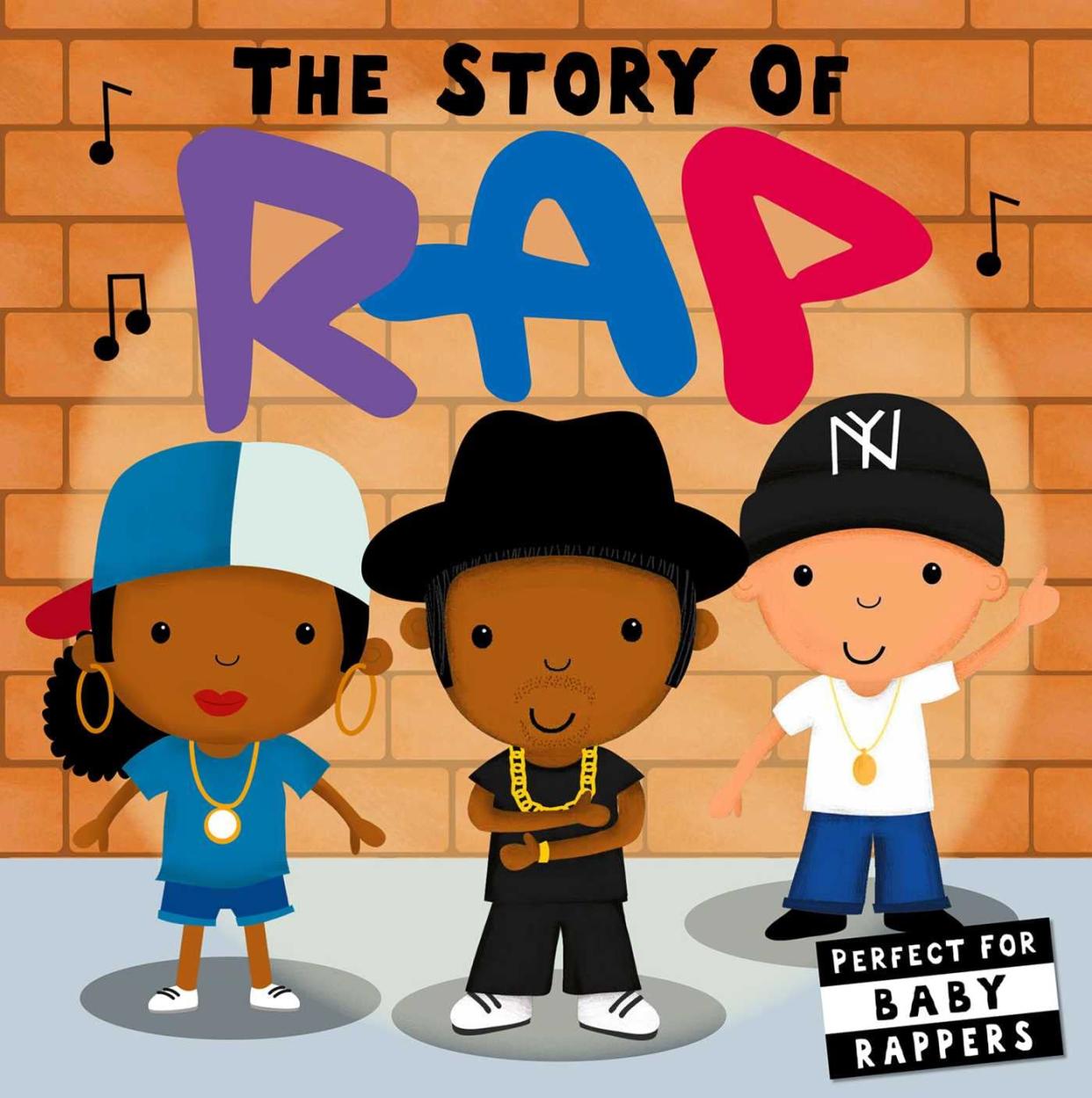
The Story of Rap, by Editors of Caterpillar Books, illustrated by Lindsey Sagar
amazon.com
$8.91
The World Belonged to Us, by Jacqueline Woodson, illustrated by Leo Espinosa
African American culture has had a huge impact on city life. About 80 percent of the nation’s Black population lives in cities or their surrounding suburbs. MacArthur Fellow Jacqueline Woodson’s offering is an ode to urban childhood, which, contrary to media depictions, is not all hardscrabble street life. The book follows a diverse group of kids who clamber out of the building on the last day of school, heading for a summer of fun on their close-knit city block. It’s a throwback to 1970s Brooklyn, the world of double Dutch, stickball, sidewalk art, and romping in the spray of fire hydrants. Adult readers of a certain age will remember knee-high tube socks, Sting-Ray bikes with banana seats, and bell-bottoms. But the energy of the book invites younger readers to become part of the story, telling their tales about urban outdoor play. As Woodson says on her website: “I’m hoping kids are still playing some of these games.”
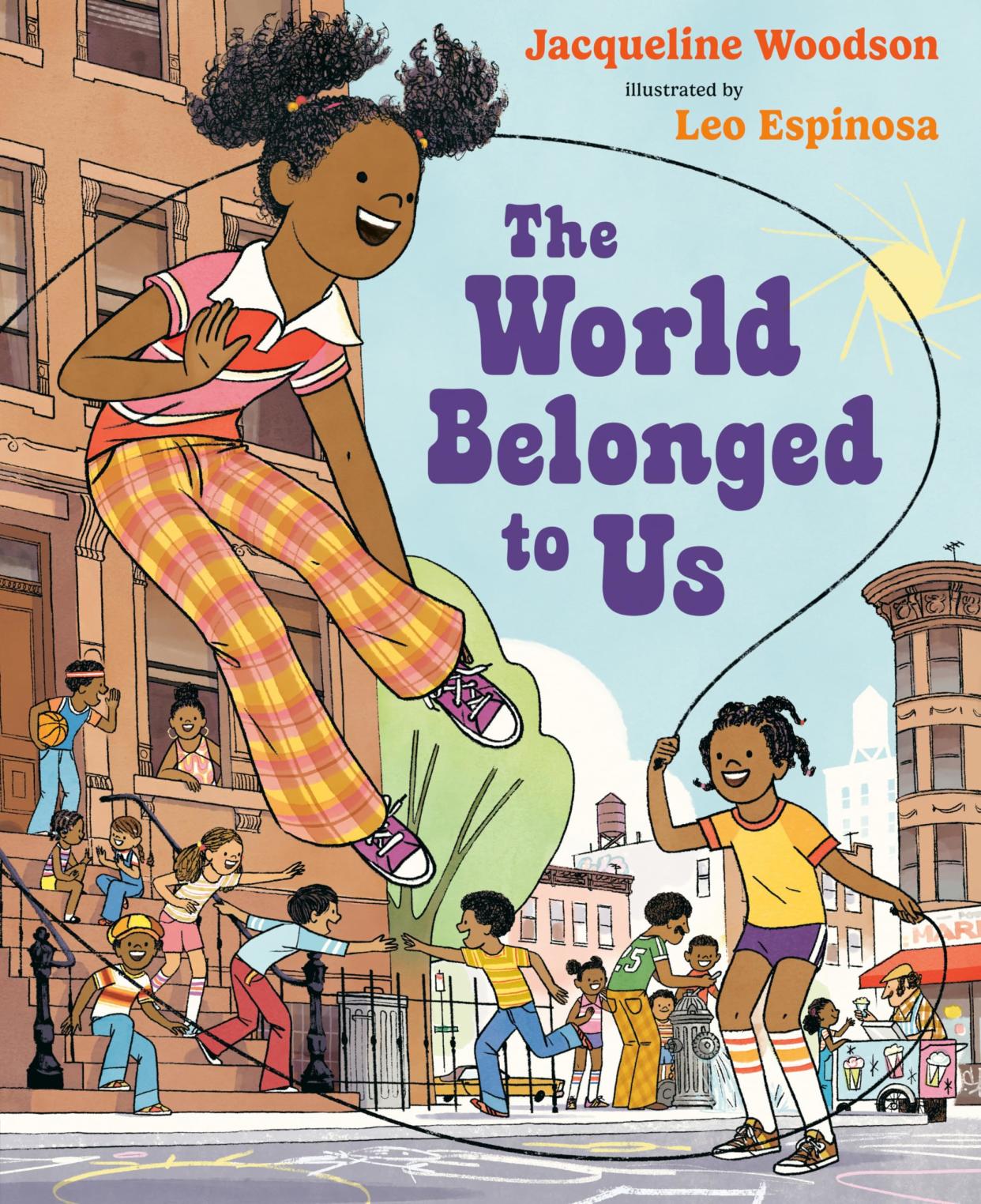
The World Belonged to Us, by Jacqueline Woodson, illustrated by Leo Espinosa
amazon.com
$10.70
Ordinary Days, by Angela Joy, illustrated by Jacqueline Alcántara
Often, Black History Month invites us to explore the roots of Black music: jazz, blues, soul, gospel. But Ordinary Days reminds us that our contributions to American music haven’t remained in the past. This tender story takes young readers to the Minneapolis childhood of Prince Rogers Nelson, where he weathered the storms of poverty and family dysfunction and turned them into purple rain. The illustrations are moody shades of violet, lavender, and plum. The story is about Prince, but it also mirrors the life of a people who made transformative art that changed the world.
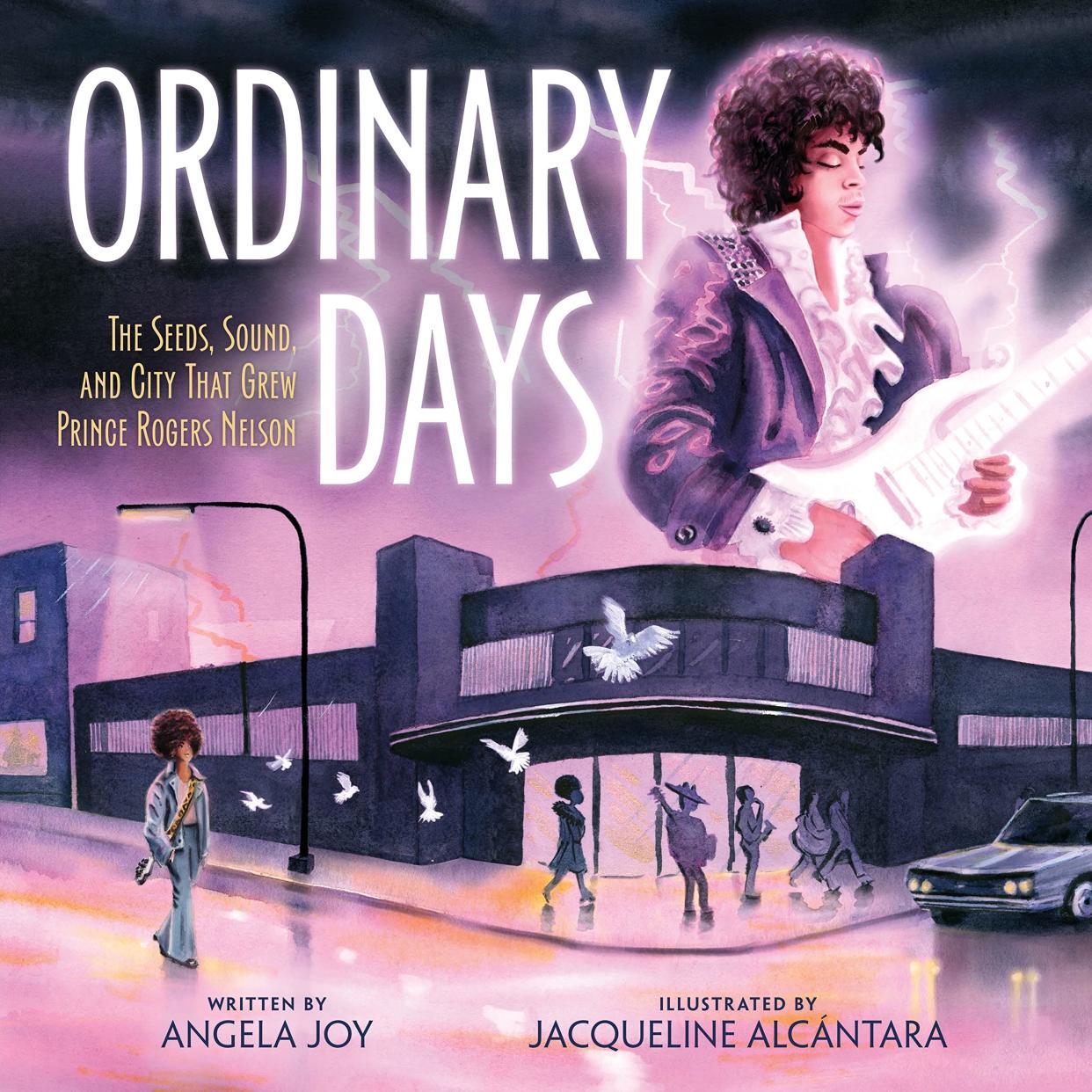
Ordinary Days, by Angela Joy, illustrated by Jacqueline Alcántara
amazon.com
$18.19
All the Places We Call Home, by Patrice Gopo, illustrated by Jenin Mohammed
Author Patrice Gopo reminds us that there is more than one story about how people of African ancestry came to make their home in the United States. Born in Alaska, Gopo is the daughter of Jamaican immigrants. Her spouse is from Zimbabwe. For her African American children, “home” straddles the continental United States, the Caribbean, and Africa. Enslavement was a horrific homogenizer of African culture, funneling diverse tribes and cultures through one traumatic experience. But today’s authors are reclaiming the diversity of Blackness. All the Places We Call Home is a gorgeous, poetic reminder that the many countries and customs add dimension and breadth to what it means to be Black in America.
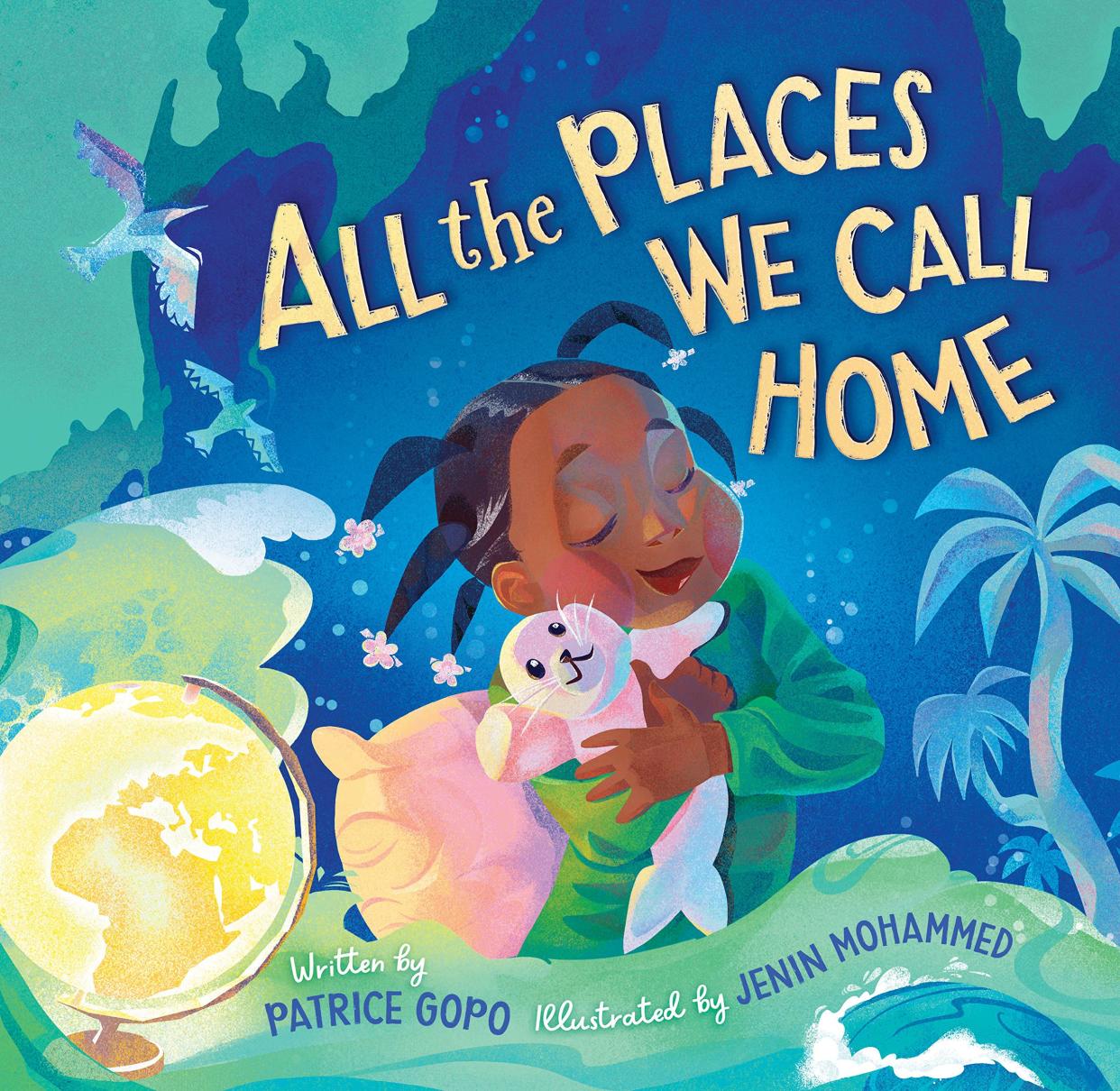
All the Places We Call Home, by Patrice Gopo, illustrated by Jenin Mohammed
amazon.com
$10.59
You Might Also Like
